
#BoycottChina: Why it's a long road from the border to the marketplace
Chinese companies have made deep inroads as investors, employers and suppliers; rolling that back in quick time is neither pragmatic nor feasible
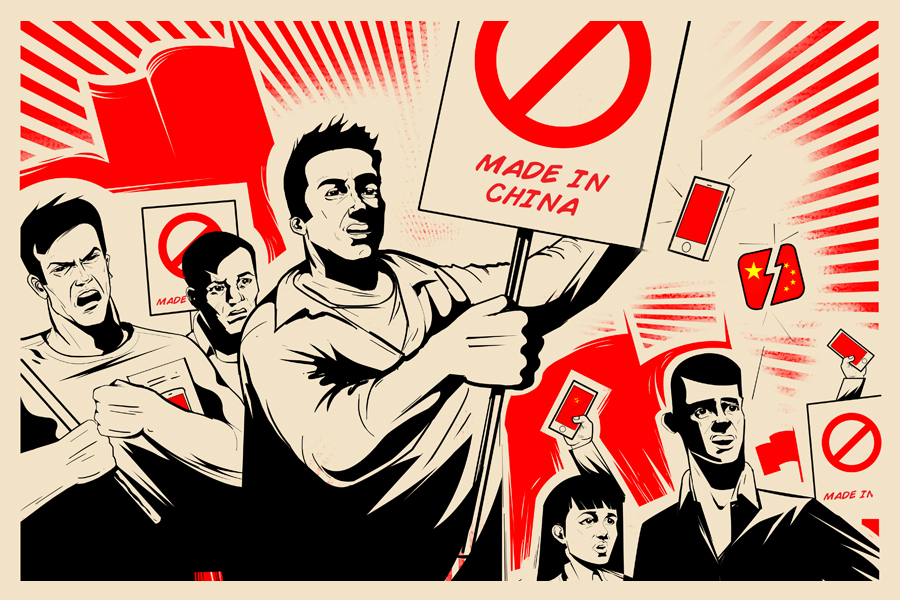 Illustration: Sameer Pawar
Illustration: Sameer PawarOn June 16, hours before the world would get to know that 20 Indian soldiers—including a commanding officer—had been killed in clashes with Chinese troops in Ladakh’s Galwan valley, Indian news outlets reported that Chinese firm Shanghai Tunnel Engineering Co Ltd won the lowest bid to construct an underground stretch of the Delhi-Meerut Regional Rapid Transit System project, estimated to be worth over Rs1,000 crore.
The situation on the border with China has been tense since the first week of May, when soldiers clashed at the Pangong Tso, a lake through which the Line of Actual Control passes. By mid-May, Prime Minister Narendra Modi impressed the need to be ‘Vocal for Local’ as one way to battle the Covid-19 crisis, suggesting the importance of buying and consuming locally produced goods.
It’s no secret that China is India’s source of imports; $70.3 billion worth of made-in-China products landed in India in 2018-19, according to India's Department of Commerce. These include everything from pharmaceutical raw material, synthetic fibres and solar products to electrical equipment, steel products and organic chemicals. Then let’s not forget the Chinese smartphone makers, which dominate over 68 percent of the $30 billion Indian market. And the billions in investments in from Chinese giants like Alibaba and Tencent may not be visible but are oxygen for some of India’s biggest unicorns in fintech and food delivery, among other internet sectors.
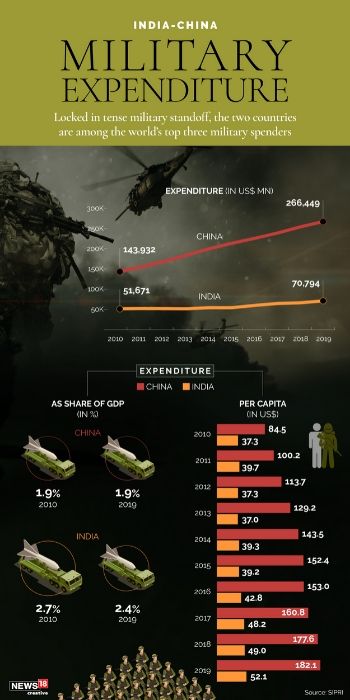
To be sure, it may be difficult to stay away from all things Chinese, but more and more Indians, young and old, seem determined to do so. Consider, for instance, 14-year-old Aditya Tiwari, a Class 9 student, who uninstalled the popular Chinese video-sharing service TikTok from his mother's Vivo V7, which he uses; campaigns on television convinced him it was the right thing to do.
“I saw various people advocating the boycott Chinese apps. Even people on TikTok appealed to users to boycott these apps,” Tiwari says, believing that Chinese apps will hack his financial data from his phone. “I have also expunged UC Browser and WeChat, which I used earlier,” he adds. Clearly, many Indians believe that the best place to win the battle being fought on the border is in the market.
Buy local to be self-reliant, and thereby boost a flagging economy, makes immense sense on paper. As Arun Singh, chief economist at Dun and Bradstreet, says: “India’s large customer base and low penetration of most goods and services offers immense potential for domestic players. Demand for Indian-made goods by Indian customers will foster growth in domestic entrepreneurial activity, help in employment generation, correct our trade deficit and increase per capita income. The profits generated by the domestic producers will be re-invested in the domestic market unlike the foreign players. This will help in economic growth.”
The nationalist feeling was given a direction by Sonam Wangchuk, the Indian engineer from Ladakh and founder-director of Students' Educational and Cultural Movement of Ladakh (SECMOL). Wangchuk’s video, ‘CHINA KO JAWAAB | Sena degi bullet se, Naagrik dengey wallet se’, (A reply to China |The army will use bullet, the people will use wallet), went viral. In the video, Wangchuk is sitting in front of a mountain; the Chinese army entered India from behind this mountain, he claimed.
Wangchuk appealed to people of the country and the world to boycott Chinese software in a week, Chinese hardware in a year and essential Chinese hardware in two years. He further clarified his stance, asking citizens to boycott the essential hardware in a year and non-essential hardware in two years. Essentially, Wangchuk and many like him are asking India, and other countries, to boycott what has become the ‘factory of the world’.
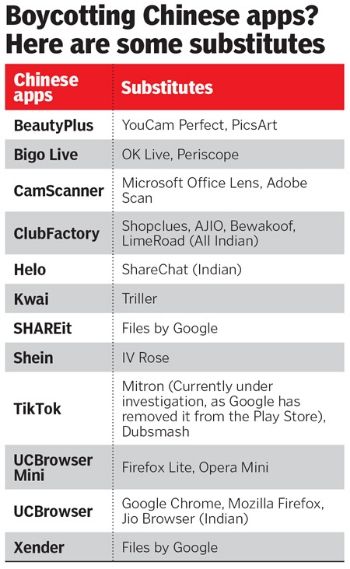
As Singh points out, “The emergence of China as the world’s factory began in the 1980s.” It started as a producer of low-end products and labour-intensive products, and gradually became a manufacturing hub, developing production capabilities of wide-ranging products from drugs to sophisticated electronic goods. “As a result, the manufacturing value added share to GDP accounts for nearly 30 percent of the country's GDP.”
Singh explains that China started with agriculture sector reforms, which increased farm incomes and allowed surplus labour in agriculture to be absorbed into industry. It created special economic zones, with flexible and market-oriented policies, which attracted foreign investment and boosted manufacturing production and exports.
It also took initiatives to invest in physical infrastructure, established high tech industrial clusters, adopted flexible labour laws, opened up markets and adopted institutional reforms such as decentralisation of power to local bodies, which helped in its manufacturing success story. “China’s strategy of mass production to become the low-cost supplier has helped them penetrate markets in different countries. As a result, in 2010, China overtook the US as having the world’s largest manufacturing sector, and in 2018, China accounted for 28 percent of global manufacturing output,” adds Singh.
However, after Covid-19, known to some as the ‘Wuhan virus’, China isn’t quite the most popular country by far. That it chose to violate borders and intrude into India, Taiwan and Vietnam in the middle a global pandemic is what angered people like Wangchuk, giving birth to the #BoycottChina movement. Although this isn’t the first time there’s been a call to avoid Chinese products, Wangchuk believes this time is different. “Any other time, it hasn’t been this serious and widespread. Except for a few people who felt strongly against China, no one took it seriously before; now the anti-China sentiments are on the rise globally,” Wangchuk told Forbes India.
So, can what started as a standoff in Ladakh be resolved in the Indian marketplace? One obstacle in the way of that strategy is quite clearly the economics that drive Chinese imports and manufacturing. Utkarsh Sinha, managing director of Bexley Advisors, a boutique investment bank company, says, “It is, quite simply, a question of cost: The preset penetration of Chinese manufacturing in our consumption stack is deep, and it goes beyond the products that we buy. Several components and raw material, even in goods manufactured in India, have international, and often, Chinese fingerprints. This is good in a globalised economy, provided a balance is maintained and a country’s core ability to move down the cost curve and up the value curve is not impacted. The call really is whether we have a collective willingness to pay more for things we are now used to paying less for.”
Chinese prices are a product of its economies of scale, which helps the country deliver produce at an unbeatable price point. “India should do its best to become efficient or competent, no question about that. But it might still be difficult to match China’s prices, therefore I bring the ethical point of view. Chinese products are cheaper because of lack of labour laws, where labour is treated poorly, there is no respect for intellectual property, and for the environment. Consumers have to be conscious, and not support the exploitative and unethical,” says Wangchuk.
The standoff with China in Ladakh coincides with a renewed movement to produce local with locally made material, what Mahatma Gandhi called Swadeshi. But at a time when foreign direct investment is an imperative, and India has yet to build capabilities in a clutch of critical deep tech, Swadeshi in the strictest sense of the word may not be pragmatic. As Sinha says: “In a globalised economy, Swadeshi is no longer a reasonable aspiration to have. We must remember that jingoism does not make for good, sustainable policy. What India should focus on is building its core capabilities in clearly identified sectors (manufacturing and deep-tech being core), ensuring a balanced trade with the rest of the world, and having certain short-term protections with clear expiry dates to help nascent industries develop and mature to a level where they can be globally competitive.”
According to Dun and Bradstreet’s analysis, India needs to specialise more in the sectors in which it has comparative advantage, such as chemicals. The picture currently, though, is skewed in many key sectors. For instance, India may be known as the pharmacy of the world, but it imports 70 percent of its active pharmaceutical ingredient (APIs); these imports are valued at $3.5 billion, of which $2.5 billion comes from China. Then, in electronics, as per government estimates, demand for electronics hardware is expected to increase to $400 billion by 2025; as of fiscal year 2018, domestic manufacturers were able to produce electronics hardware to the worth $59 billion, according to Singh.
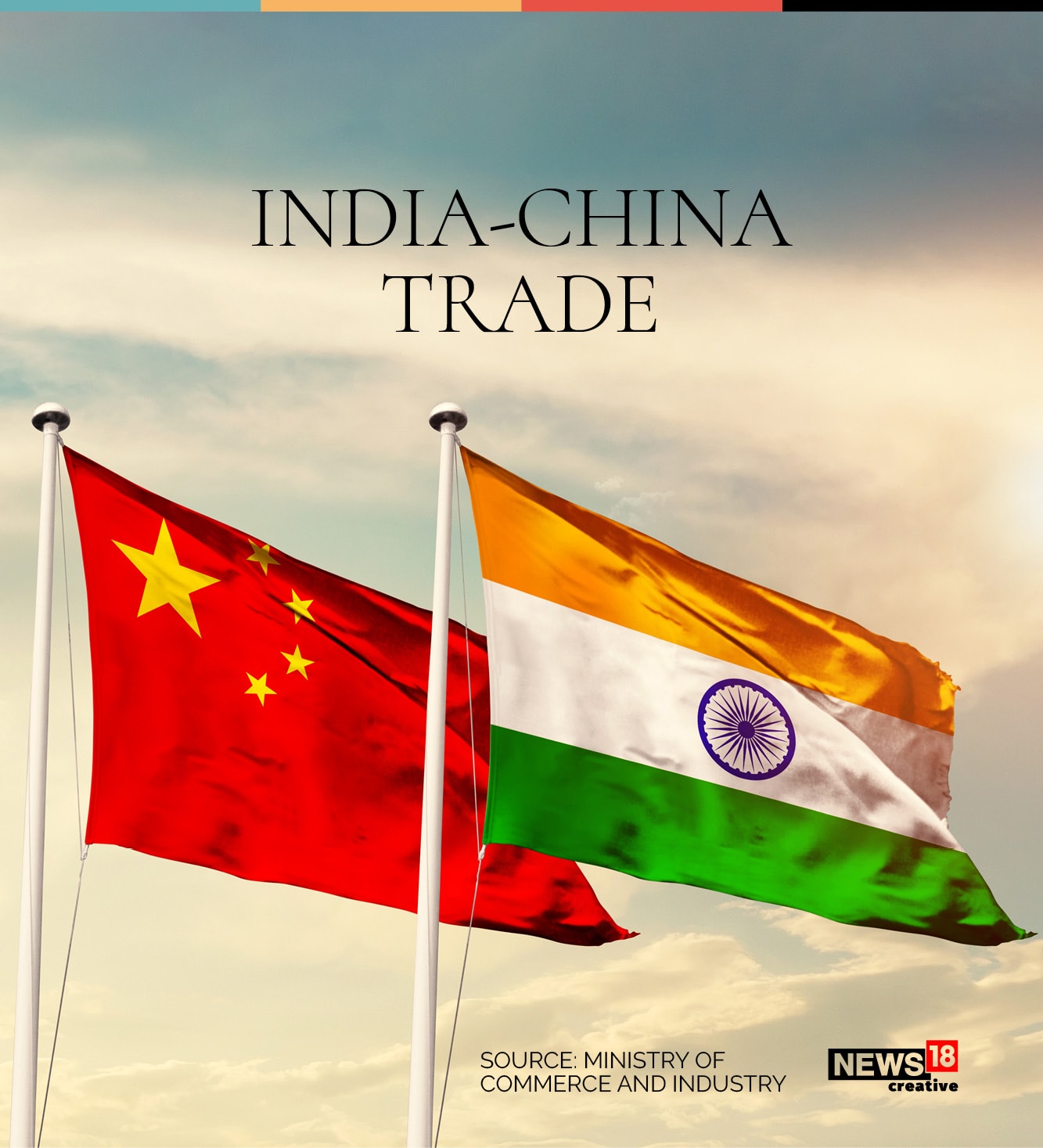
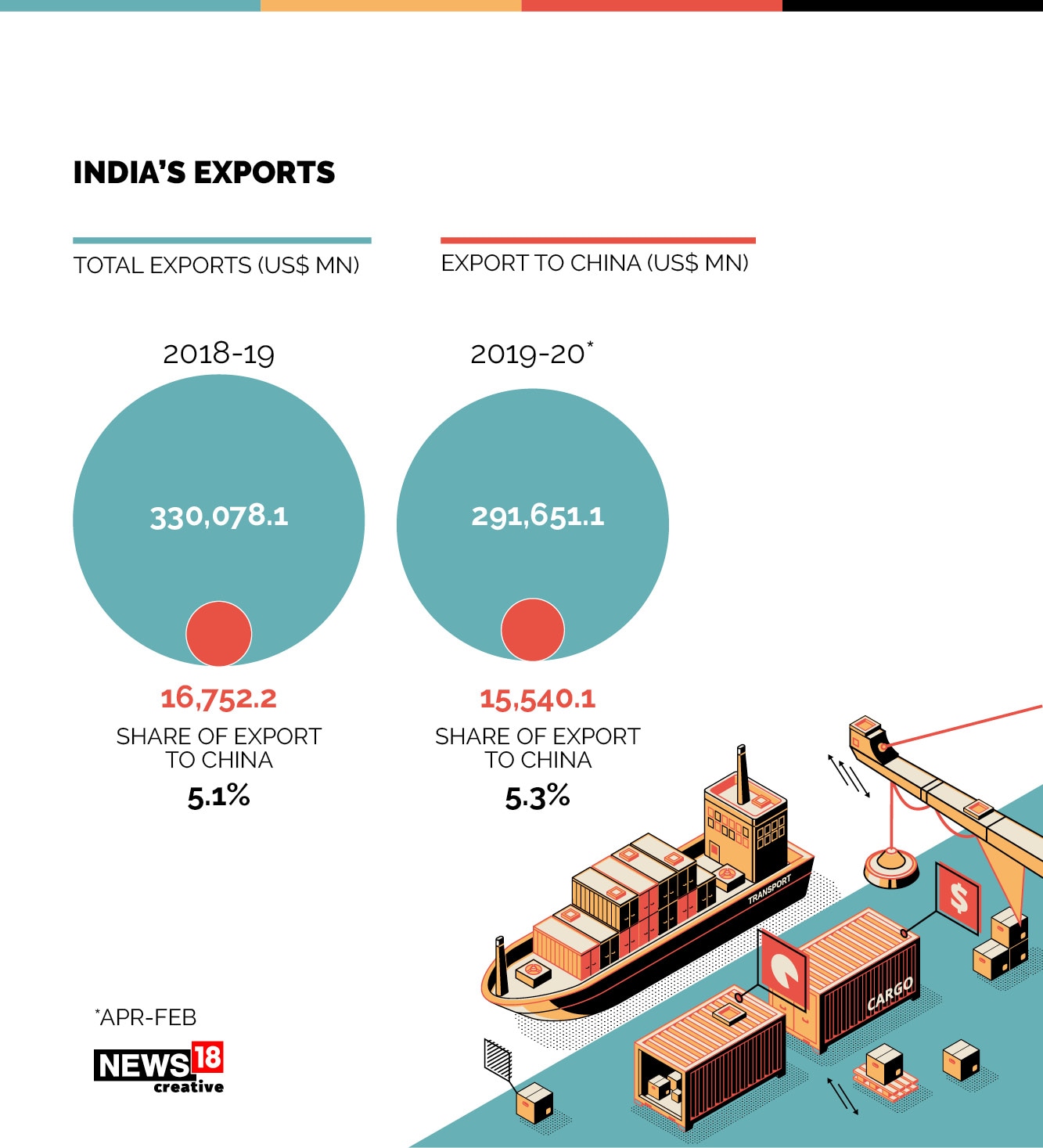
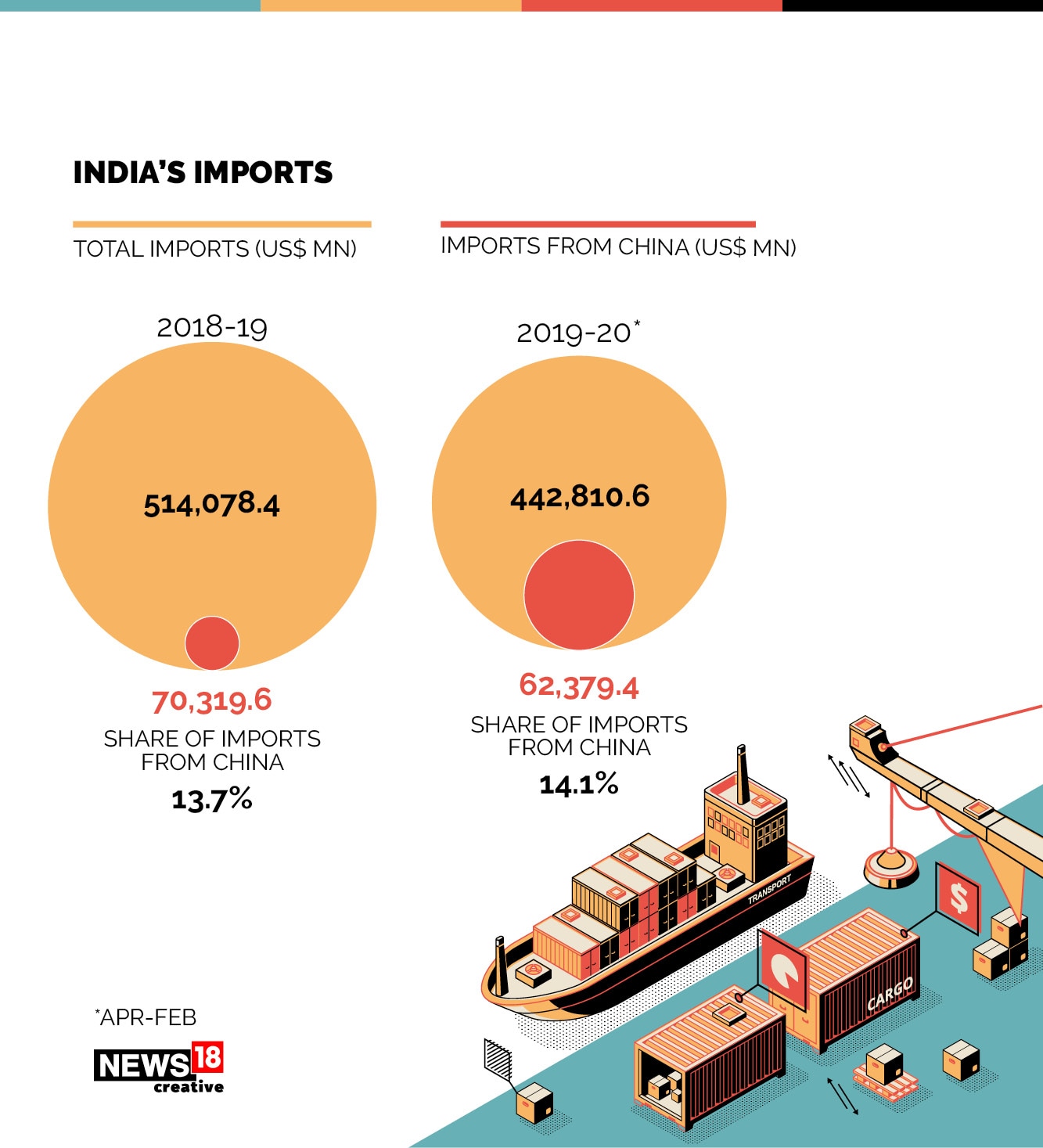
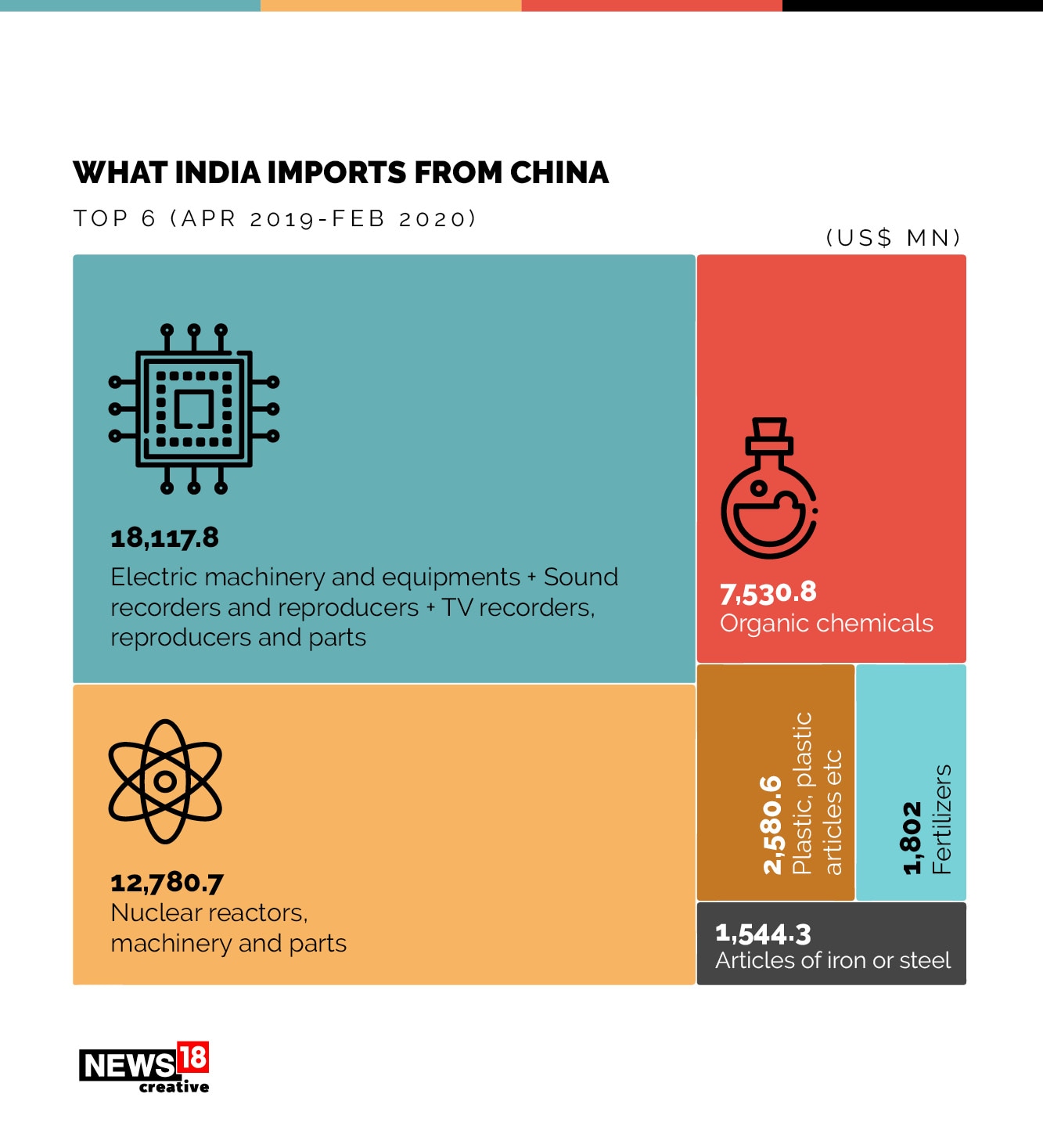
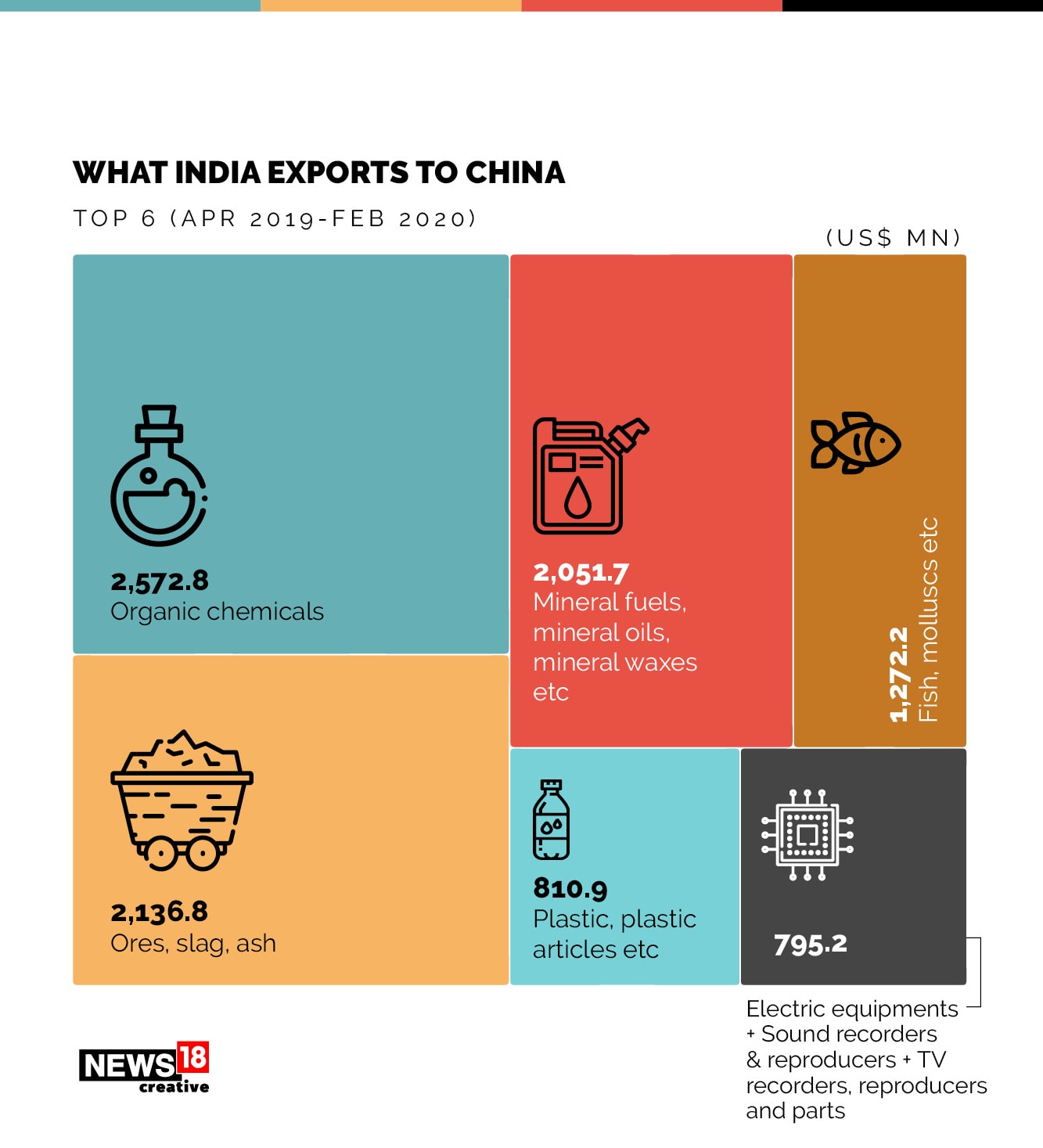
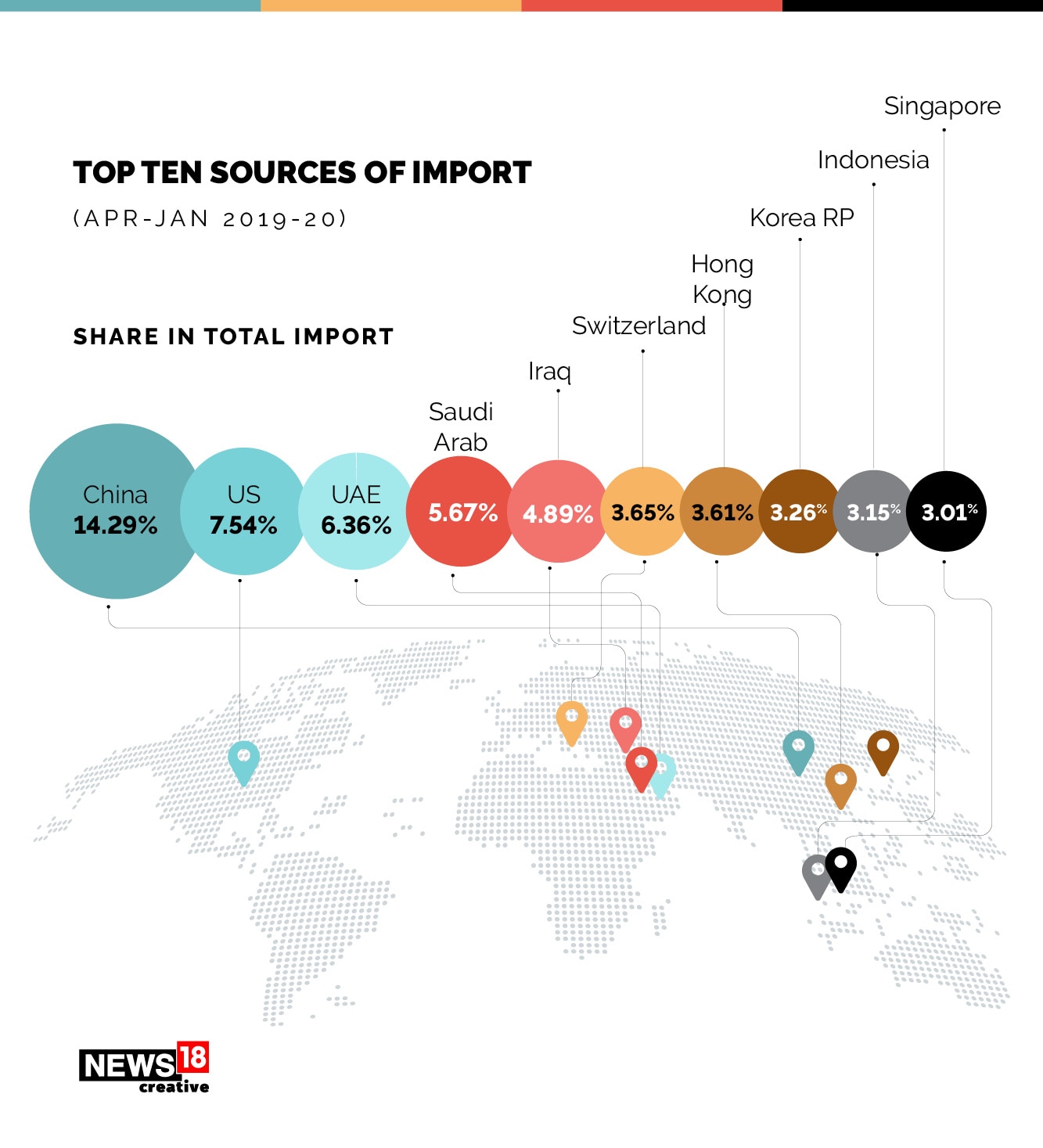
Singh says, “One of the foremost challenges for domestic players is the high dependency of the sector on imports. Countries such as China, along with other South East Asian countries like Malaysia, Vietnam, Indonesia, are low-cost manufacturing destinations; manufacturers in these regions have an edge over Indian companies.” For domestic players to dominate the market, there is a need to create a strong component hub in electronics.
They also need adequate infrastructure, improvement in domestic supply chains, stronghold on design capabilities, increase in R&D spending and development of required skills to gain an edge over their counterparts. The government has taken cognizance of the opportunity that can be leveraged and has initiated a series of policy initiatives to strengthen the supply chain and the eco-system of the sector. The process of creating a level playing field has started since the unveiling of the National Policy on Electronics in 2019. “However, the process needs to be accelerated. A lot of ground needs to be covered to create an enabling ecosystem and we are hopeful as the process has begun,” adds Singh.
“The global backlash against China—right or wrong—is a tremendous opportunity for Indian manufacturers to step up and fill the holes that the absence of Chinese manufacturing will create in global supply chains,” points out Sinha.
For now, though, the reality is that China is also a huge employer in India. Chinese imports help sustain MSMEs and small retail shops in India. According to a March 2020 report, ‘Following the Money: China Inc’s Growing Stake in India-China Relations,’ by Brookings India, Chinese investments have crossed $26 billion in current and planned investments. “In greenfield investments and capital invested in acquiring or expanding existing facilities in India, Chinese companies have invested at least $4.4 billion. Chinese companies have also invested in acquiring stakes in Indian companies, mostly in the pharmaceutical and technology sectors, and participated in numerous funding rounds of Indian startups in the tech space. Another $15 billion approximately is pledged by Chinese companies in investment plans or in bids for major infrastructure projects that are as yet unapproved,” the report says.
The trade relationship with China is severely skewed in China’s favour and to completely boycott Chinese companies comes at a human cost. According to a January 2020 press release by Xiaomi, the company says it has generated employment for 50,000 people in India. Clearly, the #BoycottChina sentiment may have peaked, but across-the-board implementation may well be a pipe dream.







